Summer will be here soon, and it’s time to start thinking about sun protection. Participating in outdoor activities is good for your body and soul.. So, it’s only natural that when the weather is nice, the outdoors start calling to us to get more active. Getting outdoors will lift your mood and give you a healthy dose of Vitamin D. However, despite these benefits, it is important to use skin protection for whatever outdoor activities you love – whether that’s water sports, golfing, gardening, music festivals, camping, or hitting the trails.
With all the sunscreen options available, it may be difficult to tell what is good and what is bad for your skin. While natural homemade sunscreen may seem like the best idea to avoid harmful chemicals, you need to be cautious with this approach because you’re leaving the fate of your skin’s present and future health to unknown factors – like proper formulation, stability, and effectiveness.
While commercial chemical sunscreens can be effective at protecting your skin against some of the sun’s damaging rays, the truth is that chemical sunscreens contain several endocrine-disrupting chemical properties. These endocrine-disruptors will interfere and alter important and delicate processes, like your body’s hormone regulation systems. Also, the harsh chemicals they contain can lead to multiple health issues – including allergic reactions and skin problems.
What is EWG Rating?
The EWG rates sunscreen components based on their toxicity effect in the body and the environment. Each chemical or mineral component is given a hazard rating based on its skin penetration, hormone disruption, and rate of skin allergies. The most problematic chemical used in U.S. sunscreens, according to the EWG, is oxybenzone, a common ingredient in most commercial sunscreens. Beyond the damage to our bodies, these chemicals have deleterious effects on our environment. For example, both oxybenzone and octinoxate have been banned at many beaches to protect against the bleaching damage and death they cause coral reefs.
Natural sunscreens, on the other hand, are safer for the environment and provide a physical barrier that reflects the sun’s UV rays away from the skin without being absorbed by the body and disrupting delicate hormone processes. These natural mineral sunscreens are the types of sunscreen you’ll want to look for this season to protect your skin safely and effectively.
Before I share my recommendations for natural skin protection, let’s first talk about the types of light rays sunscreens shield your skin from, how sunscreen works, what SPF means, and then how much sunscreen and often you’ll want to apply sunscreen.
Damaging UVB, UVA, and IRA Rays:
There are two types of ultraviolet rays the sun emits that we are concerned with, UVB and UVA. UVB rays are what cause a sunburn. UVA rays are what contribute to oxidative damage and premature aging. Both UVB and UVA rays damage skin and lead to many skin cancers. These UV rays are pretty potent, did you know they only account for about 3-5% of the total light that reaches us from the sun?
IRA rays (infrared light) is also damaging to our skin and make up another 55% of the total light. IRA rays penetrate our skin deeper than UVA and UVB and cause free radical damage – which contributes to inflammation, the breakdown of collagen, and pigmentation changes – such as age spots.
How Does Sunscreen Work?
There are generally two types of sunscreen. The first type is chemical sunscreen – it protects by using chemicals such as oxybenzone, and other known endocrine-disrupting chemicals that are harmful even in small doses. These formulas absorb and react with UV rays to produce heat which causes inflammation, premature aging. Also, not all chemical sunscreens protect against both UVB and UVA rays, and some of these chemicals can block your skin’s ability to absorb Vitamin D.
The second type of sunscreen is mineral sunscreen – which is a physical barrier on the skin that reflects UV rays and contains natural minerals mined from the Earth, like titanium dioxide and zinc oxide. These barrier protections sit on the skin and so they won’t disrupt your body’s natural systems. Mineral sunscreens are broad-spectrum – which means they will protect your skin against both UVB and AVA rays.
What is SPF?
SPF stands for Sun Protection Factor – which is a measuring system that tells you how long the sunscreen will protect skin against damaging UVB rays. So when your sunscreen is SPF 30, 45, or 50 – it means it will provide 30, 45, or 50 times more protection than if you were to use no sunscreen at all. In other words, for SPF 30 it will take approximately 30 times longer before your skin is susceptible to sunburn. So an SPF 30 will protect your skin from 97% of damaging UVB sun rays, while SPF 50 will be slightly better at protecting your skin from 98% of UVB rays.
The SPF rating does not measure actual protection and it only accounts for the UVB rays, not UVA or IRA. Many factors will contribute to the overall level of protection your sunscreen will provide your skin – including your skin type, how fair or dark the pigmentation of your skin is, your age, your skins antioxidant capacity, your application – how thick/thin of a coat you apply, or whether or not you are using a broadspectrum sunscreen to protect against the UVA rays as well. So, while the particular SPF helps estimate how well it should protect your skin, you will still need to take into consideration the other factors.
How Much and How Often Should You Apply?
If you are at the beach and bikini-clad, it will take about an ounce of sunscreen to cover your body from head-to-toe. Sunscreen can protect your skin up to 2 hours, but if you sweat or go swimming, plan to reapply every 30 minutes.
To minimize the use of sunscreen you can cover up a little by wearing a wide-brimmed hat, protective sun clothing, or finding some shade – especially from 10 AM – 2 PM during the peak sun hours. If you are at the beach – bring a sun umbrella, wear a rashguard, and lather your exposed skin with sunscreen about every 2 hours.
What Is Natural Mineral Sunscreen?
Natural mineral sunscreen is a physical barrier, so as soon as they are applied to your skin they start working. Whereas chemical sunscreens need to soak in for up to 30 minutes before they start to work. The minerals used in these sunscreens won’t soak in and disrupt your body but instead are beneficial for your skin. Zinc oxide and titanium dioxide are naturally anti-inflammatory, making them ideal for sensitive or breakout-prone skin. At The Spa Dr., we recommend using natural broadspectrum mineral sunscreens, such as MyChelle that goes on smoothly and protects your skin from UVA and UVB rays.
To protect your skin against IRA rays, you can choose a mineral sunscreen that has added antioxidants, but the concentrations are likely minimal, and you don’t want to skimp on antioxidant protection. I recommend you apply a serum or oil blend with a potent cocktail of antioxidants such as ubiquinone, vitamin E, and C to boost your skin’s capacity to counteract IRA free radical damage. The Spa Dr. Nourish and Enhance are both excellent sources of topical antioxidants you can combine with your sun care to protect your skin against IRA rays.
What Is The Best After-Sun Skin Care Routine?
You’ll want to replenish and care for your skin after sun exposure. Aloe Vera is a favorite after-sun natural skin care routine. Just break off a piece of the plant and rub it on any sun-kissed skin. This is also a favorite go-to routine for sunburnt skin, The Aloe Vera is soothing, healing, and cooling to provides instant relief.
The Spa Dr. Daily Essentials Step 2: NOURISH is an antioxidant-rich serum that contains hyaluronic acid, and other natural ingredients to instantly hydrate, nourish, and plump dried, sun-kissed or sunburned skin. The Spa Dr. Daily Essentials Step 4: GLOW BOOST is an antioxidant-rich oil blend that contains multiple skin-loving organic oils that are powerful in quenching dry skin and promoting healing. Some of the antioxidant-rich oils you’ll find in Glow Boost include:
ORGANIC CRANBERRY SEED OIL – Absorbs easily and is highly antioxidant. The natural fatty acids contribute to the lipid barrier protection of the skin and assists in moisture retention and healing.
ORGANIC POMEGRANATE SEED OIL – Packed with antioxidants and the rare omega 5 essential fatty acid. Its regenerative effects aid in repairing the skin.
ORGANIC ROSEHIP FRUIT OIL – This oil is high in unsaturated essential fatty acids (3,6,& 9) and vitamin A. It is known for regenerating damaged skin tissue.
ORGANIC APRICOT KERNEL OIL – This oil is rich in vitamins A, C & E, minerals as well as omega 6 and omega 9 fatty acids. Its lightweight consistency allows it to absorb fast. Apricot kernel oil is soothing, repairing, revitalizing, and nourishing.
What Should You Look For In A Natural Mineral Sunscreen?
You want a natural sunscreen to protect your skin from damaging UVA and UVB rays, as well as from harmful chemicals. So here are the things to consider when choosing a natural sunscreen:
Broad-Spectrum: This means the sunscreen will block both UVA and UVB rays. The sunscreens in The Spa Dr. store are all broad-spectrum.
Active Ingredients: Mineral sunscreens will list zinc and/or titanium dioxide ONLY. But be careful, some sunscreens use the term “mineral-based”, this means its probably a mix of both chemicals and minerals – so it still contains harmful chemicals. The Spa Dr. store has pure mineral sunscreen available.
Inactive Ingredients: Here’s where many brands can get you, even when the active ingredients are safe and non-toxic, the inactive ingredients may not be. Avoid sunscreens that list phthalates, parabens, fragrances, or sulfates. The Spa Dr. sells a great mineral sunscreen that is free from these harmful ingredients and is vegan, GMO-free, gluten-free, and cruelty-free.
For more information on How To Choose A Non-Toxic Sunscreen watch THIS VIDEO.
Want more information about how to care for and protect your skin? Pick up my book Clean Skin From Within. Learn how you can get clear, beautiful, and glowing skin from the inside out.

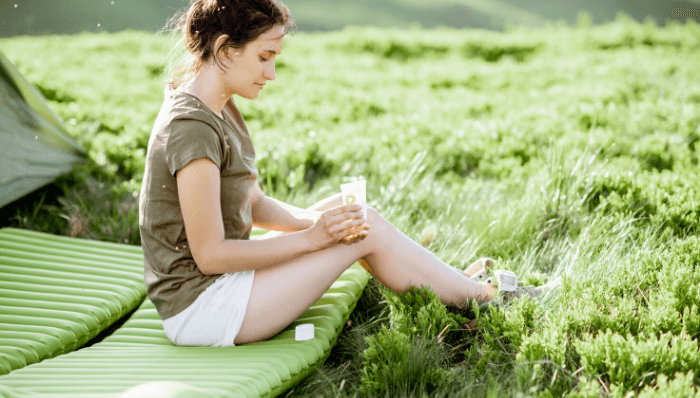
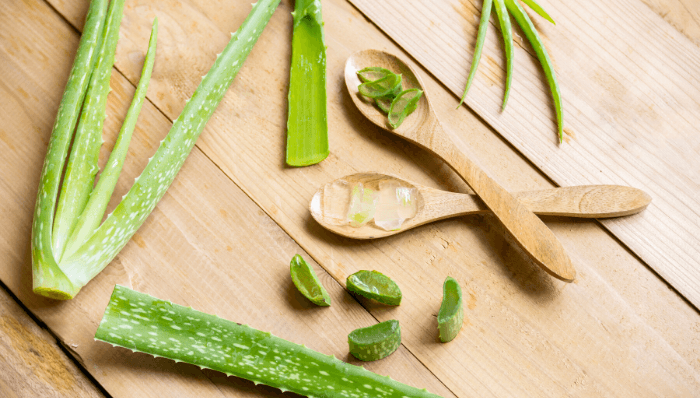
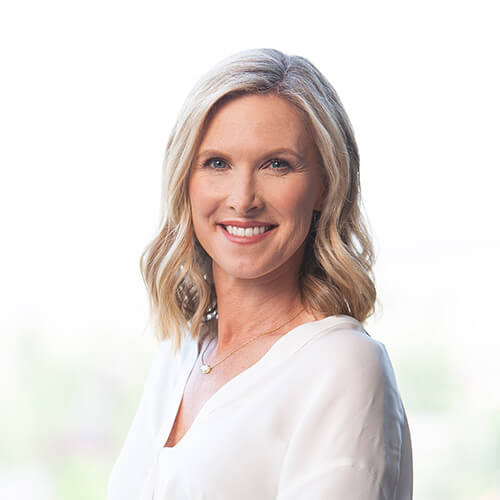
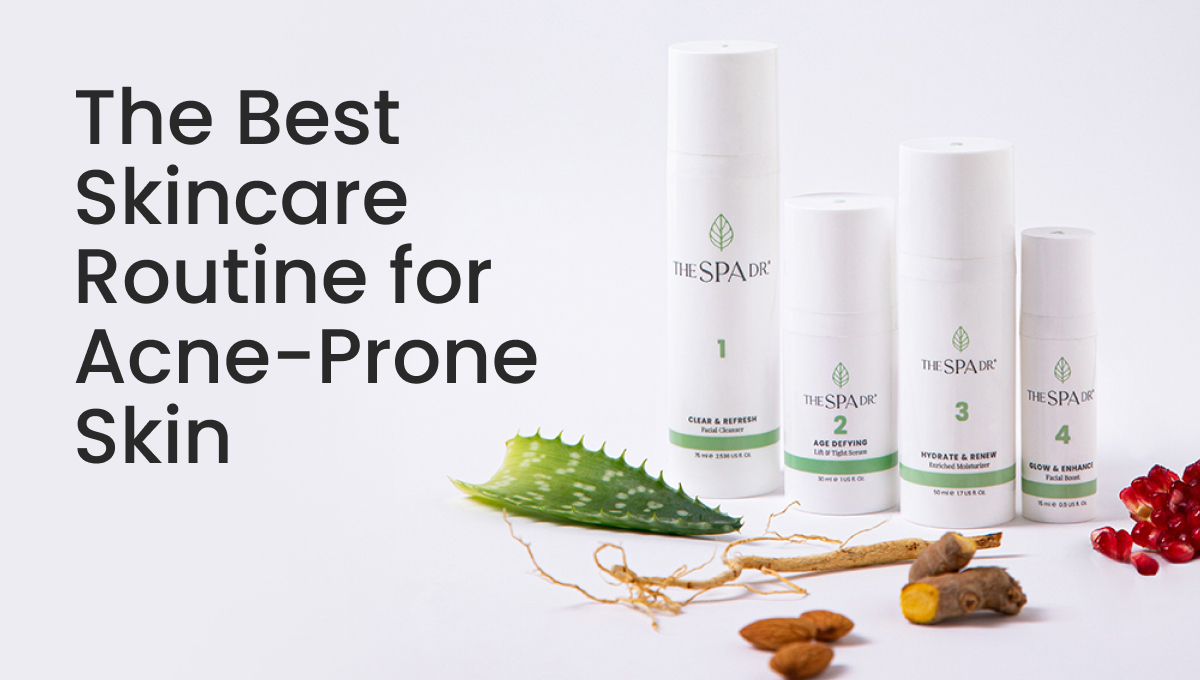
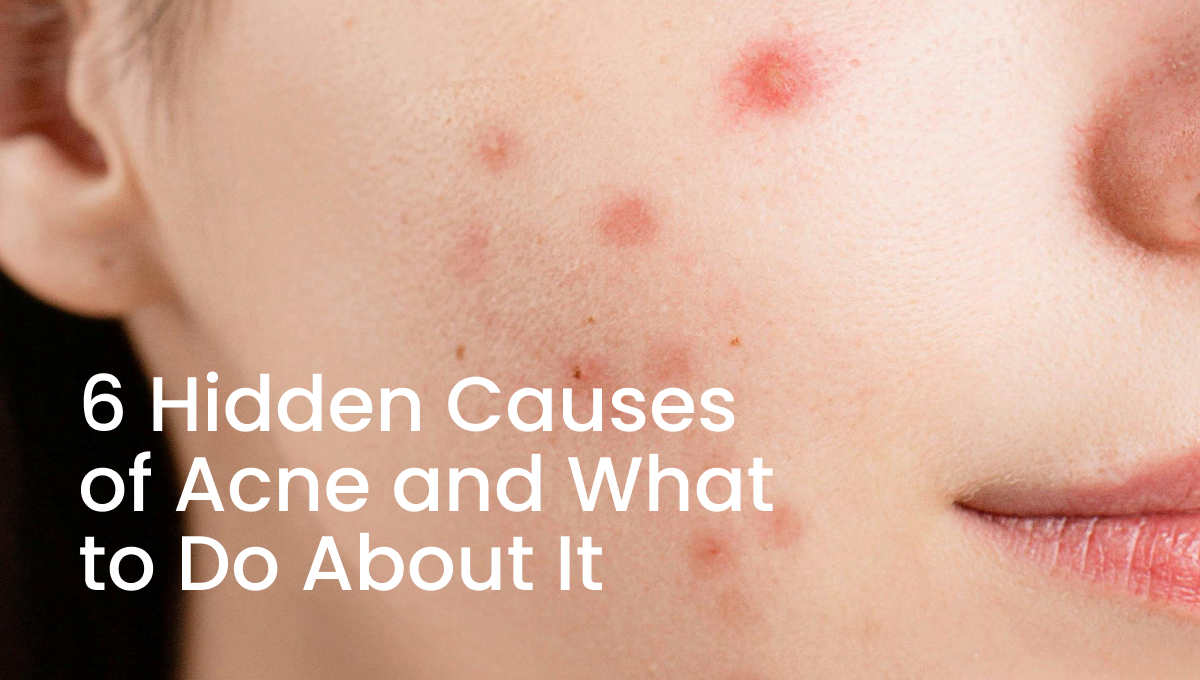

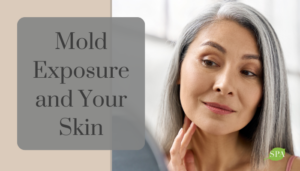


Reader Interactions